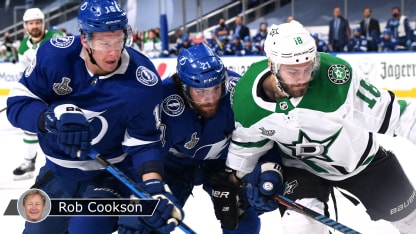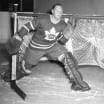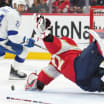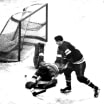The Coaches Room is a regular feature throughout the 2019-20 season by former NHL coaches and assistants who turn their critical gaze to the game and explain it through the lens of a teacher. Rob Zettler and Rob Cookson will take turns providing insight throughout the Stanley Cup Final.
In this edition, Cookson, a former video coach with the Philadelphia Flyers and former assistant with the Ottawa Senators and Calgary Flames, breaks down Game 2 of the Stanley Cup Final between the Tampa Bay Lightning and the Dallas Stars and looks ahead to Game 3 at Rogers Place in Edmonton on Wednesday (8 p.m. ET; NBCSN, CBC, SN, TVAS). The best-of-7 series is tied 1-1.
Lightning power play could be key in Game 3 of Stanley Cup Final
Cookson says continued effort from Game 2 can spark bid for series lead against Stars

Breaking down the Lightning's second goal of Game 2
Lightning win Game 2, even series vs. Stars

















